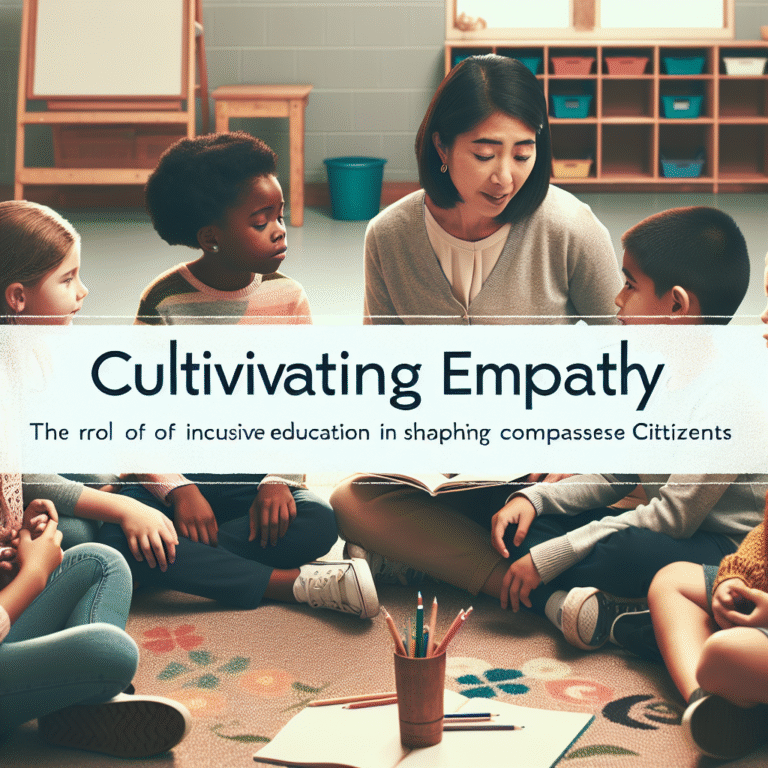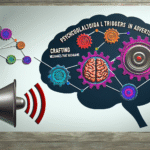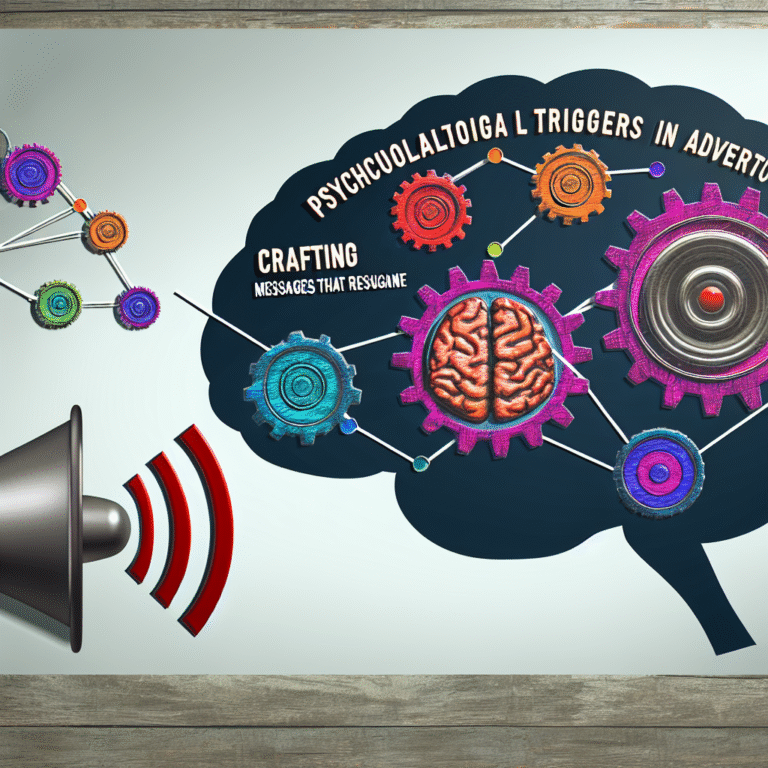
Introduction: The Key to Transformative Learning
In today’s dynamic educational landscape, understanding how we learn is more crucial than ever. The Unlocking Learning: A Deep Dive into Bloom’s Taxonomy not only illuminates various learning levels but also acts as a powerful framework for educators and learners alike. Whether you’re a teacher tailoring lesson plans or a learner striving to master complex concepts, Bloom’s Taxonomy provides a structured approach to enhance educational outcomes. This article explores Bloom’s framework, engaging readers with insights and real-world applications, ensuring you leave equipped with actionable strategies.
The Origins of Bloom’s Taxonomy: A Historical Perspective
The Birth of a Framework
Developed by educational psychologist Benjamin Bloom in 1956, the taxonomy was designed to promote higher forms of thinking in education, beyond just rote memorization. Initial categories—Knowledge, Comprehension, Application, Analysis, Synthesis, and Evaluation—laid the groundwork for what would become a staple in educational planning.
Revision for the 21st Century
In 2001, a group of cognitive psychologists and educators updated Bloom’s original taxonomy to better align with contemporary teaching practices. The revised version emphasizes the cognitive processes involved in learning and rephrases the original categories into actionable verbs: Remember, Understand, Apply, Analyze, Evaluate, and Create.
Why It Matters
Understanding these historical contexts is crucial for educators and learners as it underscores the evolution of educational methodologies, ensuring they are always aligned with current educational needs.
The Six Levels of Bloom’s Taxonomy: Unlocking Learning
1. Remember: The Foundation of Knowledge
At this level, learners focus on recalling facts and basic concepts. Techniques for mastering this stage include:
- Flashcards to quiz oneself on definitions.
- Summarizing texts to reinforce memory.
Application Case Study: Elementary Education
In a fifth-grade science class, teachers employed flashcards that encouraged students to memorize key terms about the solar system. This simple technique resulted in a 30% improvement in quiz scores, showcasing the effectiveness of the Remember level.
2. Understand: Building Comprehension
Once information is retained, learners should demonstrate comprehension through:
- Summarizing the material.
- Explaining concepts in their own words.
Application Case Study: Secondary Language Arts
In a high school literature class, students participated in peer teaching sessions where they explained plot points and character motivations. Feedback indicated that 80% of students felt more confident discussing the material, highlighting the importance of understanding in the learning process.
3. Apply: Putting Knowledge into Practice
At the Apply level, learners use information in new situations. Practical methods include:
- Role-playing scenarios.
- Practical exercises.
Application Case Study: Business Education
In a college business course, students created mock marketing plans for local businesses. This hands-on project led to the formation of a partnership with a local pizza shop, showcasing real-world application and enhancing student engagement.
4. Analyze: Taking a Closer Look
Analysis involves breaking information into parts. Strategies here may include:
- Comparing and contrasting different theories.
- Diagramming concepts.
Application Case Study: History Lessons
A high school history teacher asked students to analyze differing perspectives on the Civil War, leading to rich classroom discussions and a deeper understanding of the complexities involved.
5. Evaluate: Making Judgments
Evaluation requires learners to justify decisions based on criteria and standards. Techniques include:
- Debating topics to explore various sides.
- Creating rubrics for project assessments.
Application Case Study: Community Projects
In an environmental science course, students evaluated proposals for reducing waste in their local areas, presenting their findings to the community and local government. Their evaluations prompted actionable discussions, demonstrating real-world impact.
6. Create: The Pinnacle of Learning
At the top level, students synthesize information to produce new ideas or products. This could involve:
- Developing projects.
- Conducting original research.
Application Case Study: Innovation in Engineering
In an engineering curriculum, students designed eco-friendly vehicles, merging knowledge of science and creativity. This not only built engineering skills but led to several designs being entered into competitions, illustrating the power of creation in learning.
Visualizing the Taxonomy: A Breakdown
Table: The Taxonomy Levels and Teaching Strategies
| Level | Description | Teaching Strategy |
|---|---|---|
| Remember | Recall facts | Flashcards |
| Understand | Explain concepts | Peer teaching |
| Apply | Use knowledge in scenarios | Role-play |
| Analyze | Break down information | Comparative analysis |
| Evaluate | Justify decisions | Debates and rubrics |
| Create | Generate new ideas | Project development |
Real-World Applications: Bucking the Trends
Education Systems Embracing Bloom’s Taxonomy
Institutions worldwide are incorporating Bloom’s principles into curricula to enhance skill development. Case studies from institutions like Harvard and Stanford illustrate significant improvements in student engagement and learning outcomes when Bloom’s methodology is utilized purposefully.
Technology-Enhanced Learning
The advent of technology has further revolutionized Bloom’s Taxonomy. Applications and online platforms employ adaptive learning methods that cater to individual learning paces, unlocking potential that traditional classrooms might miss.
Conclusion: Inspiring Action Through Bloom’s Framework
Understanding and applying Unlocking Learning: A Deep Dive into Bloom’s Taxonomy can transform educational experiences, creating a vibrant learning atmosphere where students thrive. By embracing all six levels, educators can craft lessons that resonate at every stage of the learning process, providing richer, more meaningful educational experiences.
Encourage your students or yourself to explore and implement these strategies for an enriched learning experience. Bloom’s Taxonomy is not just a theoretical concept; it’s a gateway to unlocking potential and achieving lasting intellectual growth.
FAQs
1. What is Bloom’s Taxonomy?
Bloom’s Taxonomy is a framework that categorizes educational goals across six levels, from basic knowledge to higher-order thinking skills.
2. How does Bloom’s Taxonomy enhance education?
It provides a structured approach for educators to create lessons that promote critical thinking and problem-solving skills.
3. Can Bloom’s Taxonomy be applied outside of education?
Absolutely! It can be used in training programs in corporate settings, helping employees at all levels enhance their skills.
4. What are some common teaching strategies within Bloom’s framework?
Teaching strategies include discussions, practical applications, group projects, and assessments that facilitate critical thinking.
5. How can technology be integrated into Bloom’s Taxonomy?
Technology can support personalized learning experiences, enabling learners to progress at their own pace and explore various levels of cognition.
Bloom’s Taxonomy isn’t just a teaching tool; it’s a blueprint for maximizing learning potential. As you navigate your educational journey, remember that each level presents unique opportunities to develop your skills and insights. So let’s embrace this framework and unlock our full learning capabilities!

















